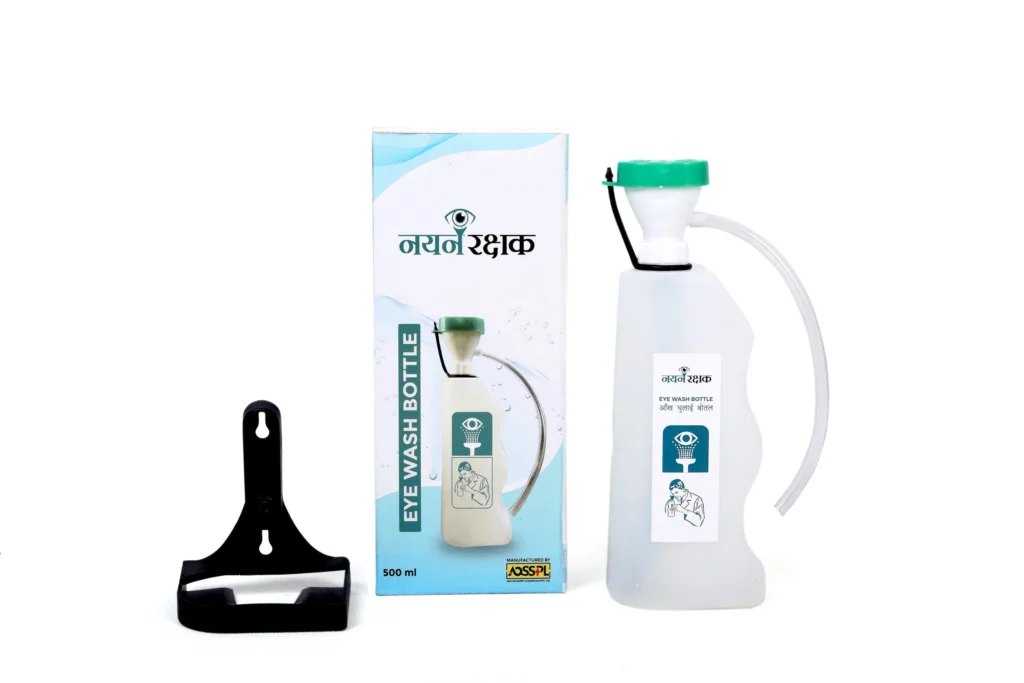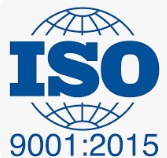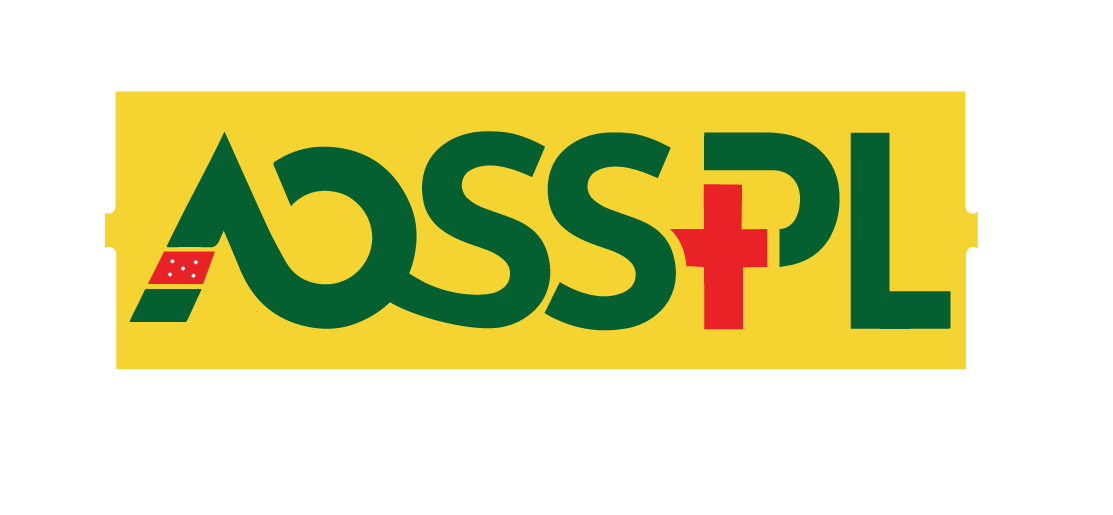When it comes to workplace safety, the eyes are particularly vulnerable—and accidents can happen in a split second. Whether it’s a splash of chemicals, flying dust particles, or fumes from industrial processes, the risk of eye injuries is real and constant in many environments. That’s why eyewash bottles play a critical role in first aid and emergency response.
What Are Eyewash Bottles?
Eyewash bottles are portable, pre-filled containers designed to flush the eyes in the event of exposure to harmful substances or irritants. They provide immediate, on-the-spot eye irrigation and are typically used as a first response before more advanced medical care or use of a plumbed eyewash station.
These bottles are commonly filled with:
- Sterile saline solution (most common)
- Buffered solutions (to neutralize acidic or alkaline chemicals)
- Purified water (less ideal for chemical exposures but still helpful)
Why Eyewash Bottles Matter
1. Immediate Eye Protection
In an emergency, time is vision. The first 10–15 seconds after exposure to a harmful substance are critical. Eyewash bottles allow immediate action—often even before a worker can be moved to a permanent eyewash station.
2. Portability
Unlike fixed stations, eyewash bottles can be carried to remote locations, stored in toolkits, or mounted near high-risk areas such as labs, factories, and construction zones. This makes them perfect for:
- Field work
- Vehicles
- Temporary worksites
3. First Line of Defense
While not a replacement for full eyewash stations, these bottles are ideal for:
- Initial flushing on the way to an emergency room or eyewash station
- Quick decontamination when access to water is delayed
- Rinsing minor irritants or particles

Common Use Cases
- Chemical splashes: Acids, alkalis, solvents
- Dust or debris: Especially in construction, carpentry, or mining
- Smoke and fumes: From welding, painting, or manufacturing
- Biological contamination: In laboratories or healthcare settings
How to Use an Eyewash Bottle Properly
- Grab the bottle and break the seal or remove the cap.
- Hold the eye open with one hand.
- Squeeze the bottle gently, directing the flow from the inner corner (near the nose) to the outer edge of the eye.
- Flush continuously for at least 5–15 minutes depending on the substance involved.
- Seek medical attention immediately after flushing.
Always read the bottle’s instructions, as different solutions and brands may vary.
Key Safety Tips
- Do not share eyewash bottles between workers to avoid cross-contamination.
- Check expiry dates regularly—expired solutions can be ineffective or harmful.
- Inspect for damage or leaks during routine safety checks.
- Use multiple bottles if prolonged irrigation is needed.
- Train staff regularly on when and how to use them.
Final Thoughts
Eyewash bottles may seem like a small part of your first aid kit, but in an emergency, they can prevent long-term eye damage or blindness. They’re a critical stop-gap solution—buying valuable time when every second counts.
For industrial facilities, labs, schools, or mobile job sites, having eyewash bottles readily accessible, up-to-date, and properly maintained is a non-negotiable part of a safe workplace.


